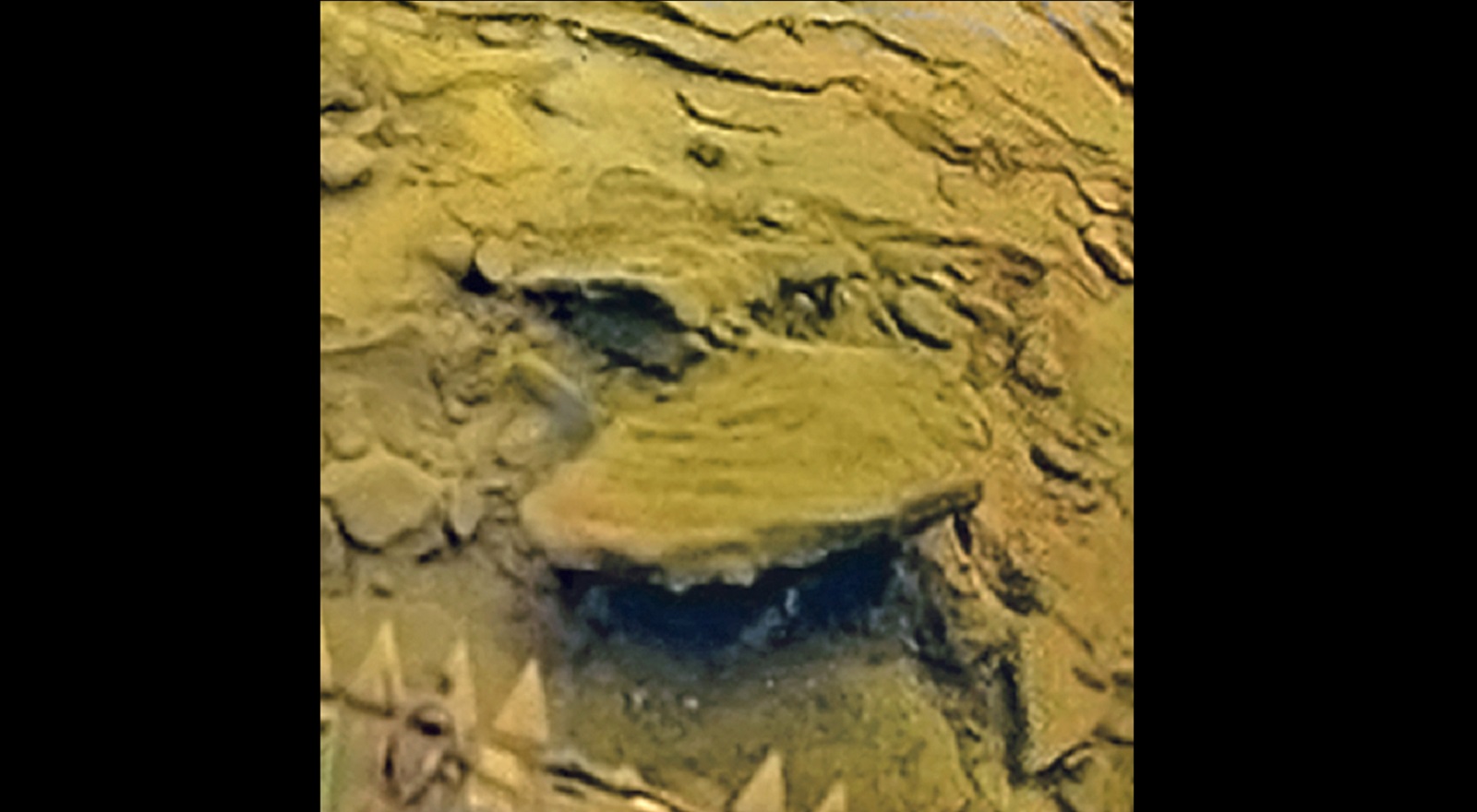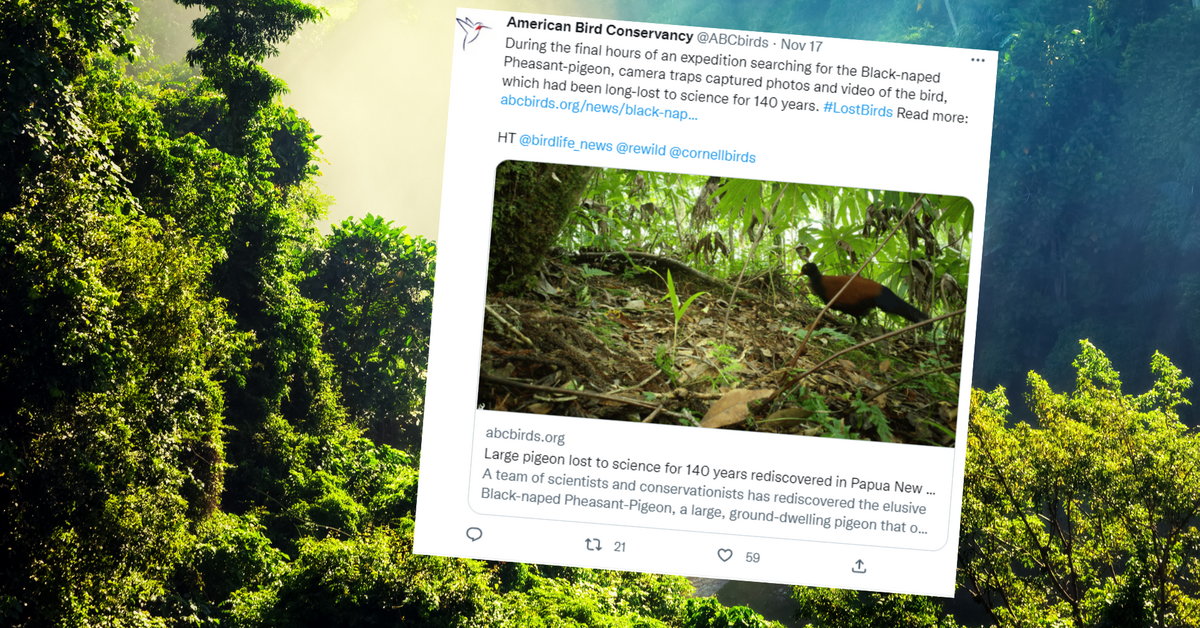We can see this thanks to photos taken more than forty years ago. It seems that since the world of astronomy has made so much progress, space missions should also develop enough to enable landing on Venus and exploration of its surface without any problems. But nothing could be further from the truth.
Read also: We will not find such clouds on Earth. They were spotted by the Webb telescope on a nearby exoplanet
Ambitious activities in this area were carried out as part of the Soviet Venera programme. His goal was to design unmanned probes that could allow exploration of Venus. Flights between 1961 and 1983 were somewhat successful, but vehicles placed on the planet’s surface never lasted longer than two hours.
Ironically, Venus may have once been similar to Earth. Its size, mass and chemical composition make it similar to our planet, and at one time there may have been conditions that allowed water to remain liquid. Later, a greenhouse effect likely occurred, and dangerously high temperatures made Venus look like a greenhouse filled with toxic gases.
A person would die there in the blink of an eye, and even the lifespan of robots placed on Venus is calculated in minutes. This is due to temperatures reaching nearly 500 degrees Celsius, atmospheric pressure about 100 times higher than on Earth, and precipitation in the form of acids. However, Soviet engineers had an ambitious plan and were not going to abandon it.
The only images to date showing the surface of Venus were taken as part of the Soviet Venera program
In 1970, they were able to successfully land on the surface of Venus. This was achieved by the Venera 7 probe. In turn, Venera 12 survived for 110 minutes in this truly hostile environment. More importantly, the first pictures were taken showing the conditions on the surface of this terrifying planet. As for other achievements of the Soviet program, for example, the Venera 13 and 14 missions were able to record sound, while the Venera 9, 10, 13, and 14 sensors captured panoramic pictures of the landing sites.
Read also: Mysterious flares on Venus. Scientists say this is not lightning
Thanks to technological advances, even images taken within the same program but during different missions vary in quality. What can we see in the images themselves? First of all, there are many volcanic formations that may still be active. In addition, you can see dark rocks, most likely basalt. The sky there is yellow, which is of course a result of the interaction between sunlight and Venus’ atmosphere. Experts processed the images to remove this yellow glow.

Echo Richards embodies a personality that is a delightful contradiction: a humble musicaholic who never brags about her expansive knowledge of both classic and contemporary tunes. Infuriatingly modest, one would never know from a mere conversation how deeply entrenched she is in the world of music. This passion seamlessly translates into her problem-solving skills, with Echo often drawing inspiration from melodies and rhythms. A voracious reader, she dives deep into literature, using stories to influence her own hardcore writing. Her spirited advocacy for alcohol isn’t about mere indulgence, but about celebrating life’s poignant moments.










